
Earlier this year, I had a conversation with one of the new teachers at our school about blogging which was overheard by one of our senior teachers who has been at our school for many years. That senior teacher made the comment: “I thought that blogging was dead!”. I was horrified and assured the teacher that it is was still very much alive!
More than 12 years ago, I started to blog under the direction of Heather Blakey who was a popular blogger in Australia. She conducted a PD in our school library for staff on blogging. I was fascinated and thought it would be a great way to share our country backyards with others, especially as we live in Kanawinka, the largest Geeopark in the world. There is much evidence of volcanic activity in our area, on our farms and in the small towns that our students hail from. Our students come from Penshurst, which has the volcano, Mt Rouse; Macarthur (Mt Eccles) and Koroit (Tower Hill).
Since that time I have taught students to blog, usually commencing in year 7 as that is normally the youngest age group that I teach. My new year 7 classes have started to learn the skills of blogging at the beginning of this term.
To support my horrified response that it was not dead, following are recent stories that I have had from past students and from one of my school teaching colleagues:
- One of my past students is now a successful apps developer working for himself. He started in this field as he loved blogging while he was at school. The coding that had gone on in the backend of the blog had fascinated him.
- Another student took a university exchange last year, and messaged me to say she had created a blog to document her travels whilst studying in Great Britain. I took an avid interest in what she was doing and could keep up to date by reading her posts.
- Michelle, a teaching colleague at school, and her husband love to travel. Last year, when they visited Spain, they shared their updates on Facebook. However, they were concerned that some of the feedback they got was not positive in resultant comments. She wanted me to teach her how to blog so that they could share their travels this way and have some control over possible feedback via comments etc. Faraway Places to See was started and the result is a stunning reflection of their travels on the recent trip to Africa.
When I travel or seek information, I will often search for blogs on the topic as they are coming from people who have experienced, researched or usually have organic knowledge on the topic. Many years ago, I wrote the following posts on why blogging is important and my viewpoints have not changed at all, in fact they are constantly reaffirmed. Blogging introduces so many different skills – digital citizenship, writing skills for local and global use, use of multi nodal media, html coding, development of digital portfolios and much more.
Blogging is not dead and will not be while I and many others teach Digital Technologies! I am as passionate as ever about blogging and want my students to be too!
See some of my previous articles on














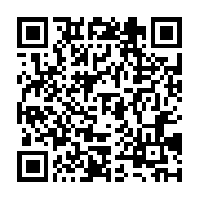




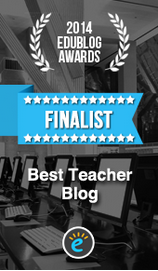




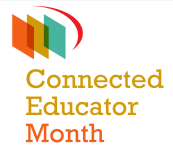
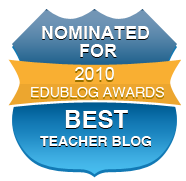




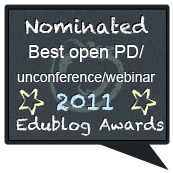
 Twitter/murcha
Twitter/murcha Del.icio.us/murcho
Del.icio.us/murcho GMail/Anne M
GMail/Anne M Blog/Anne M
Blog/Anne M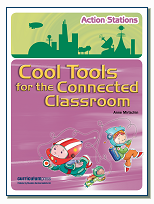
10 Things you should know about Blog Comments
Some Further reading:-
What would you add to the list of things you should know about blogging?
Leave a comment
Posted in blogging, challenges
Tagged 10 things you should know about comments, blog comments, comments, comments on blogs, ebshare